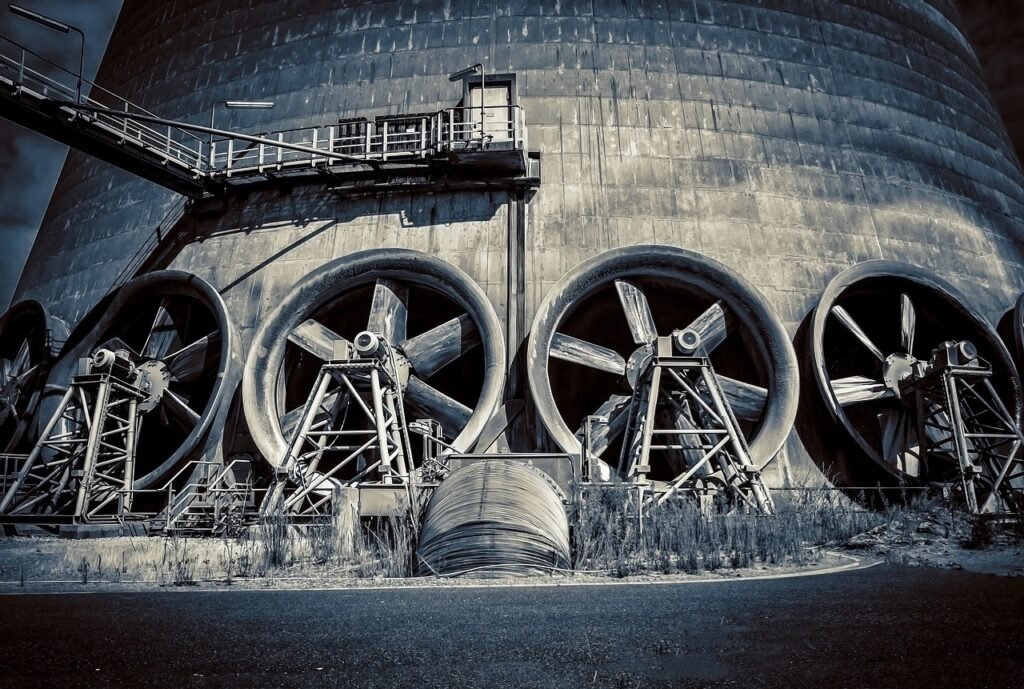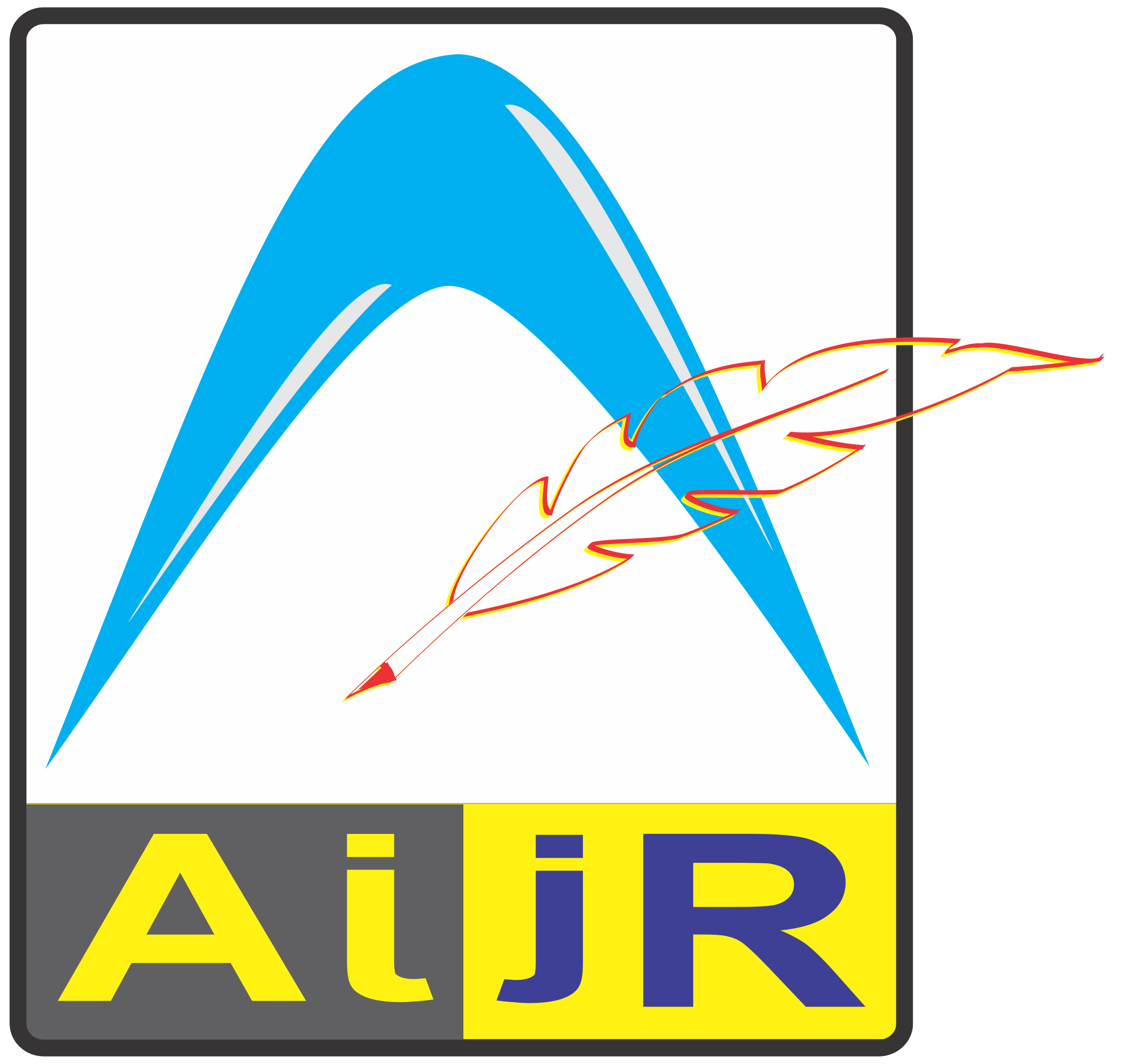Power plant engineering services are rooted in ancient civilization—from when men harnessed the Earth’s elements (wind, water, and fire) to provide energy. Today, there is a surge in the global energy demand. Population increases across the globe, and the need for sustainable energy production practices has made it imperative to create innovative and sustainable energy production services. A power plant consultant sits at the forefront of modern energy production, consistently providing means to power our homes and industries. In this article, we will explore the dynamics of power plant consultancy, including historical roots, engineering innovation, key challenges and drivers, and the future outlook of power plant engineering.
History of Power Plant Consultant Services
As said earlier, power plant engineering has its roots in ancient civilization; however, the Industrial Revolution championed a new era in power generation. The Industrial Revolution showered in innovative solutions in power plant engineering. In the recent decade, steam engines and coal-powered plants were replaced with hydroelectric dams, natural gas turbines, and nuclear reactors.
The Different Power Plant Systems and Engineering Challenges
Thermal Power Plants
Thermal power plants convert heat energy into electricity. These types use fossil fuels like coal, natural gas, or oil. In simple terms, thermal power plants burn fossil fuels and use the heat generated to drive steam turbines, producing electricity.
Limitations
- Emissions: Thermal plants release greenhouse gases like Carbon Monoxide, Sulfur Dioxide, Nitrogen Oxide, particulate matter, and trace gases. Greenhouse gases are some of the significant causes of Global Warming.
- Scarcity of raw materials: Fuel availability is a concern.
- Thermal plants need a lot of water for cooling.
Hydroelectric Power Plants
Hydroelectric power plants convert mechanical energy (energy derived from water movement) to electric energy. Let’s explore the four stages of hydroelectric power plant generation.
- Water source: hydropower plants are located close to water sources like rivers.
- Dam: A dam is built to alter the water flow for optimum kinetic energy generation. A dam creates a water reservoir stored at a very high elevation.
- Turbine: The water from the reservoir is directed to a turbine through a pipe (called a penstock), making the blades of the turbine spin.
- Generator: The turbine is connected to a generator. When the water from the reservoir hits the turbine blades, it creates mechanical energy converted into electric energy through the generator. The electric energy produced is sent to the power grid for distribution to homes and industries.
Engineering Limitations of Hydroelectric Power Supply
- Threat to the aquatic ecosystem: Dams and reservoirs break the natural cycle of waterways and may threaten marine life.
- Availability of sites for dams: A dam is a vast project, and contractors may need help finding a suitable place to build one.
Nuclear Power Plants
Nuclear power plants harness the heat generated from nuclear reactions to produce electricity. Below is a summary of how it works:
- Nuclear reaction is initiated: Immense heat is produced through nuclear fission (splitting a large atom into smaller atoms) of enriched Uranium-235. Nuclear fission sets up a chain reaction (first, an atom is split into two, and then the neutrons collide with nuclei) that produces enormous heat energy.
- Fuel: The enriched Uranium-235 is organized into bundles of rods in a reactor core.
- Moderator: Water acts as a moderator (coolant), slowing down the neutrons from the fission and absorbing heat.
- Control rods: Cadmium or Boron control rods moderate fission. They can speed up, slow down, and even shut down the process. Control rods are crucial in any nuclear power plant, as they shut down nuclear plants in emergencies.
Energy Generating Process of Nuclear Power Plants
Nuclear power plants are some of the most advanced and reliable power generation solutions. The immense heat energy from the fission is absorbed by water and turned into steam. The steam is passed through pipes and directed to a steam turbine. The turbine spins; hence, heat energy is turned into mechanical energy, which feeds into a generator. The generator converts mechanical energy to electric energy, fed into the electric grid. Nuclear power plants are reliable, supply immense electricity from relatively little fuel, and do not emit any greenhouse gases. However, due to the power of nuclear fission, people are cautious about their use.
Wind Power Plants
Wind power plants convert mechanical energy into electrical energy through wind turbines and generators.
Limitations
Wind turbines depend solely on wind speed, which is intermittent and can be impaired by visual impact (for example, natural structures can block the path of wind that goes to your turbine).
Solar Power Plants
In this case, power from the sun is collected by photovoltaic cells on solar panels and converted into electricity. Limitations of solar power plants include vulnerability to unfavorable weather conditions and expansive land use.
Other Power Plants
Other power plants include geothermal plants (which convert heat energy from steam or hot water in geothermal reserves into electrical energy) and biomass power plants (which use heat from organic materials to generate electricity).
Key Drivers in Power Plant Engineering Consultant Services
Innovation and Technology: Power plant design company continues to break technological barriers and build plants with more efficient energy conversion mechanisms that are safer for the environment.
Environmental Considerations: There is a global awareness of the effects of global warming. Many countries now institute regulations that limit emissions, wastes, and threats to marine life for the power industry to follow. Climate change champions also continually drive for the industry to adopt cleaner, recyclable, and more sustainable technologies. These add to the demand for power plant consulting services.

Power plant generation is a global phenomenon driven by the demand for electricity and championed by power plant consulting companies. Alongside the demand for electricity is the demand for clean, recyclable, and sustainable practices that protect the longevity of the Earth. Technology and innovation have become the core component of the industry, with companies adopting smart grid solutions, nuclear solutions, and renewable technologies. The power plant industry has grown from the early days of steam and coal-fired engines to nuclear engines, renewable solutions, and solar power. And with technological drive, the growth is expected to continue.
Contact us for the guest posting of content that positions your organization as a leader in education & research.



